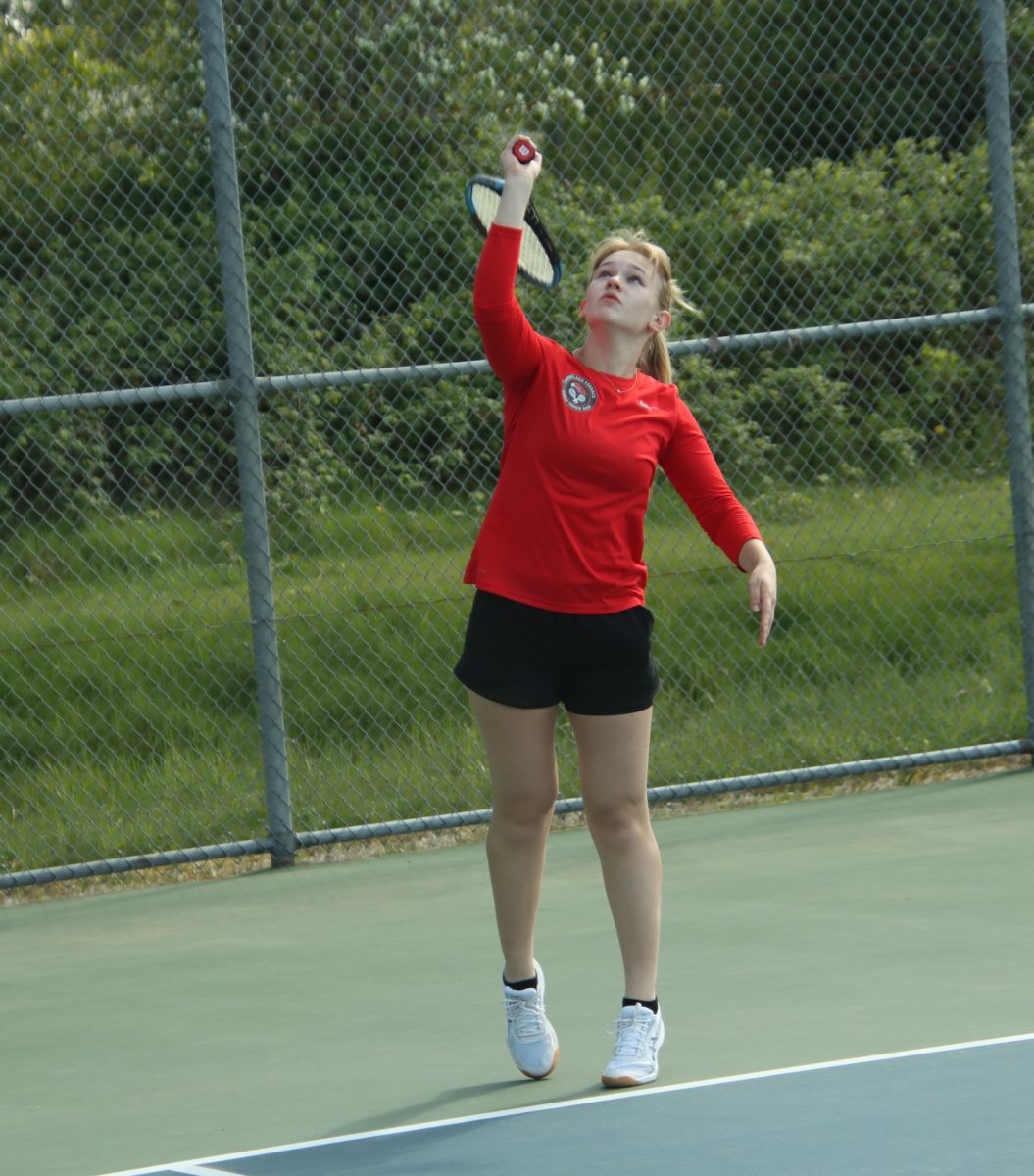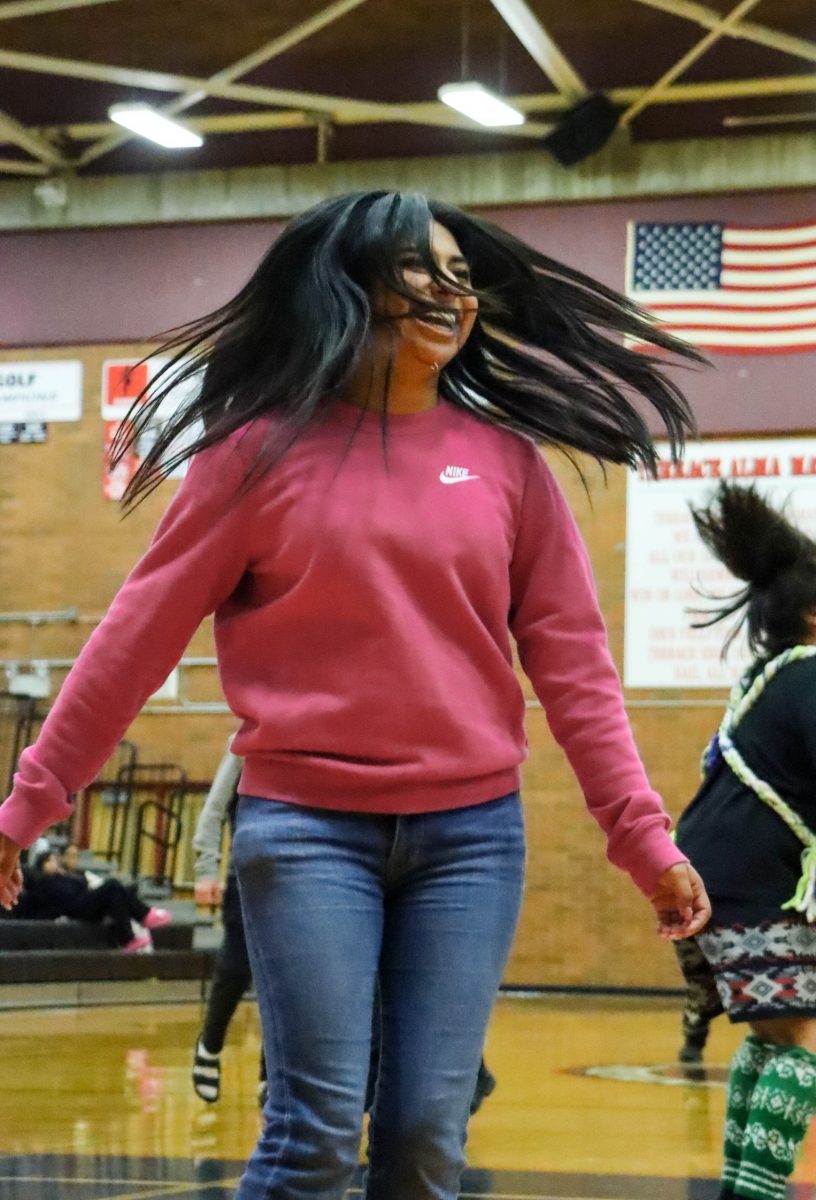Art is something that can transcend ages. It is constantly prevalent around humans and just about every human society to exist. At MTHS, we have our very own department for art, with classes ranging across the board due to the generally loose definition of art.
“I define art as an innovative way to express yourself,” senior Tyler Grabarczyk, who is involved in the drama department, said.
Art classes at MTHS can be grouped into approximately three sections: the more classic art forms like sculpting and drawing, photography and graphic arts, and drama and theatre classes.
The Classics
There are many classes that involve more typical art forms, including Fundamentals of Art and Design, Clay Design, Jewelry and Metal Design and Drawing and Painting. The classes’ names are, for the most part, self explanatory and none of them have prerequisites.
Clay Design is a good example of an ordinary art class that you may think of when hearing the words “art class.” The class involves shaping clay, as well as drawing and designing the ceramics you want to make. Students end up making many different objects, from boxes and sculptures to vases and cereal bowls.
One of the benefits to art classes like these is the calm atmosphere.
“It’s just a fun class to have. The teacher plays music in the background and you’re just sitting there molding your clay and talking to people around you. [It’s] just a relaxing class,” senior Connor Ebright said.
Jewelry and Metal Design is another class where students can make and create unique pieces of art. Starting this year, the class will be offered for five periods in the school day, showing just how popular it has become.
The first semester of Jewelry and Metal Design focuses on demos, safety and learning the techniques for all the differing machines.
“They sure learn a heck of a lot about safety, [but] one of the most important things [students] learn is technique, it’s all about technique and how you use the equipment that’s provided for them to make, say a ring,” Jewelry teacher Mark Walker said.
Students then gain more freedom to make whatever they want by shaping glass, casting and molding among other things.
The fee for Jewelry and Metal Design is $40 per semester, but the value of all the items you make in that class and take home is about equal to the cost, according to Walker. Also, students are allowed to order some of the materials they may want when they pay the art fee.
“I hold them accountable for being a responsible adult, [for example] with money that they spend, and it’s not cheap,” Walker said.
One of the overall best things advertised about Jewelry and Metal Design is the ability to have an escape for stress right here at school.
“It’s come into class, learn some techniques, and have a blast. I mean there’s so much stuff [students] can do in here,” Walker said.
Capturing the Moment
Classes in Photography and Digital Photography are also offered.
In Photography, students focus on basic photography skills and use black and white film along with darkroom methods.Meanwhile, students in Digital Photography use modern digital cameras and Adobe Photoshop to process photos. Similarly, Graphic Arts revolves around digital imaging software like Photoshop and InDesign to make art in a digital form to create things such as logos and CD covers.
Just like the other art classes, Photography and Graphic Arts 1 have no prerequisites. Graphic Arts and Digital Photography, can also count as an art credit or Career Technical Education (CTE) credit instead of an art credit, depending on the student’s preference.
The Performing Arts
Last but not least there is the drama department, which extends beyond traditional acting classes. There is also a Technical Theatre class, which focuses on the tech aspects and behind the scenes portions of drama productions. In addition, MTHS offers an Acting Improv class in which students learn basic role play, develop improvisational skills and participate in the same acting games the Theater Sports team competes in.
“Throughout drama I’ve realized that I’m more comfortable speaking to people and crowds in general,” Grabarczyk said.
Which is a good skill to have, according to Grabarczyk, because whenever he has to present anything, the skill of public speaking is beyond helpful.
There are many of subtle things you can learn by being in certain classes like these.
Occasionally the commitment and work required for drama will increase, especially during production preparation.
“It takes a whole lot of commitment to be in drama. It’s not something that you can cheat your way through. I’ll be honest, I tried doing that and it didn’t work out too well. I finally got serious in the last three weeks of rehearsal leading toward the play,” Grabarczyk said.
Art classes can provide a creative outlet for students while adding to their educational experience.
“It’s a breakaway from the norm. You can come down here and you can be creative. Some students come down here and they’re having a hard time and they’re struggling, and they can come down here and really just let it go,” Walker said.






